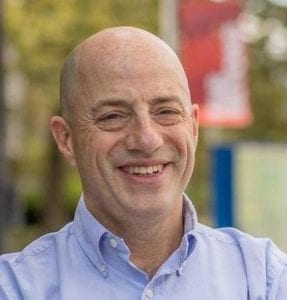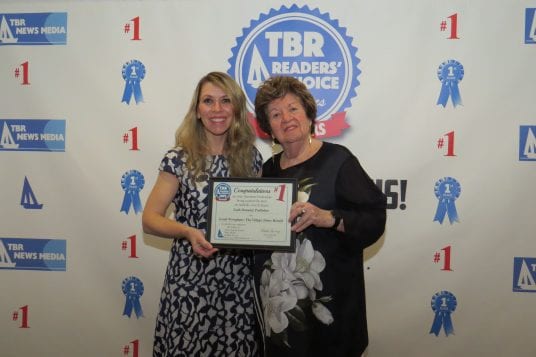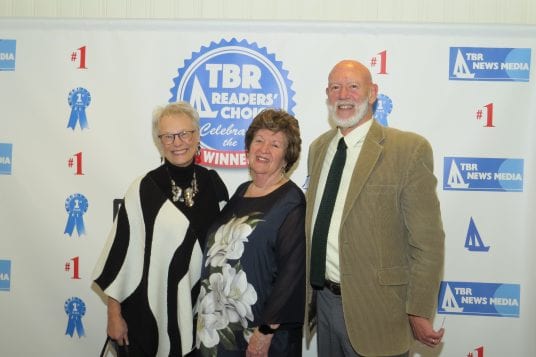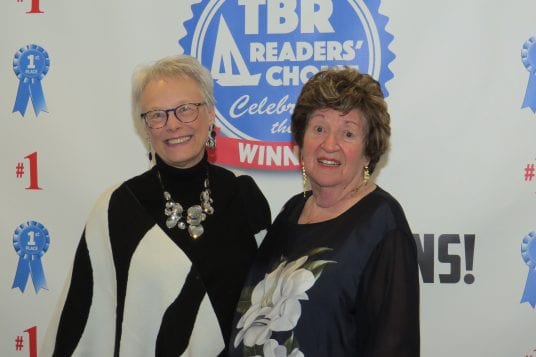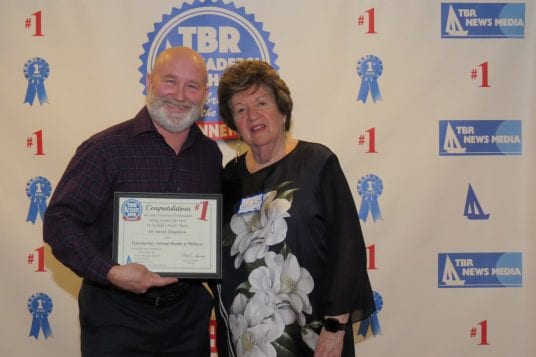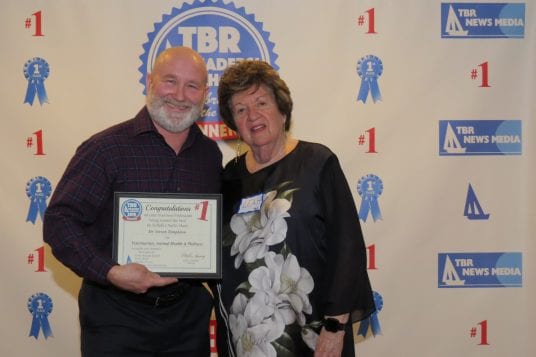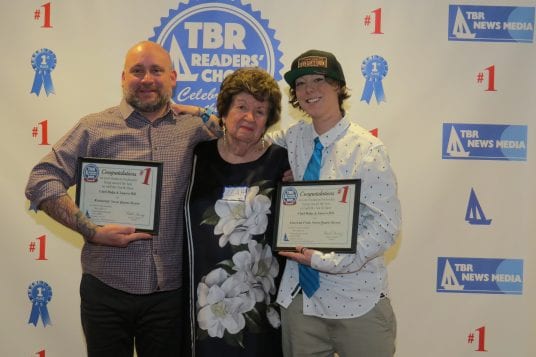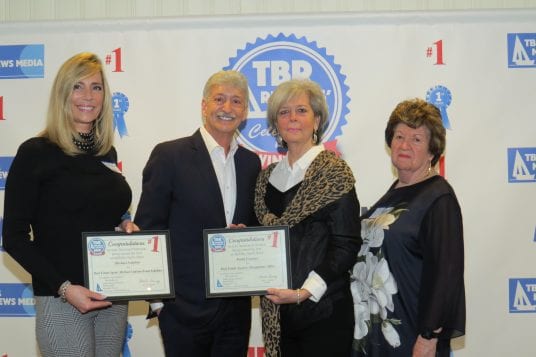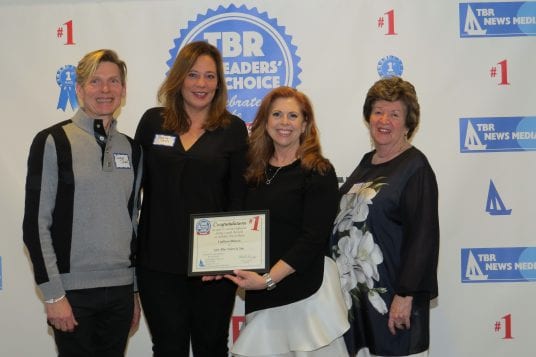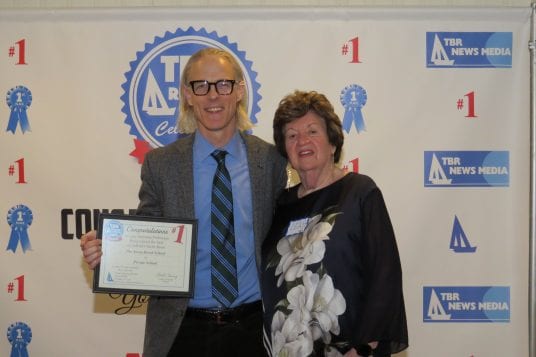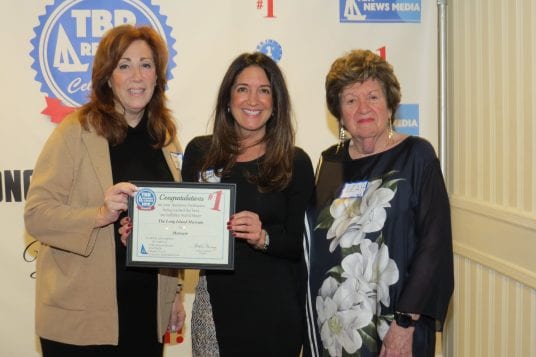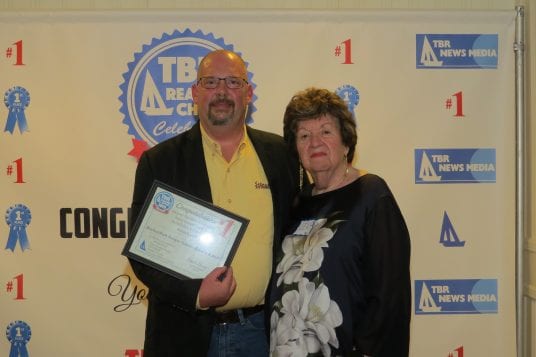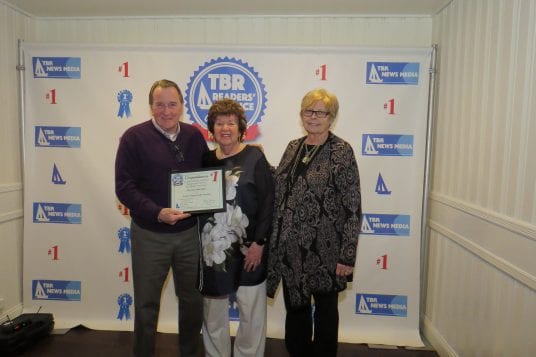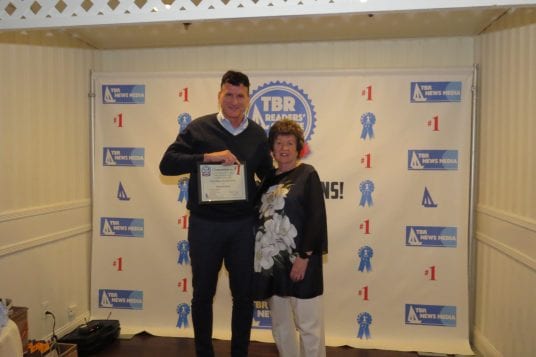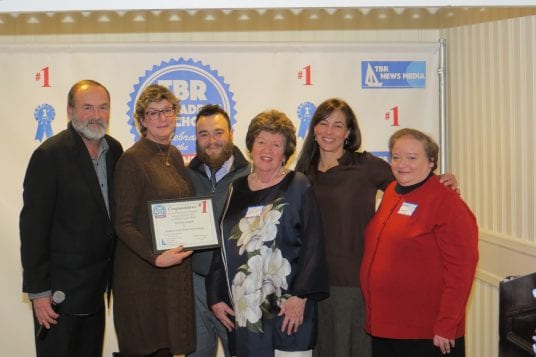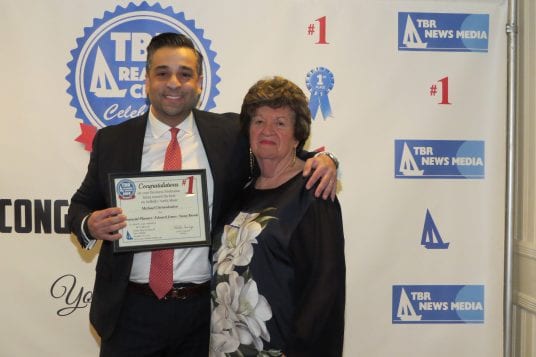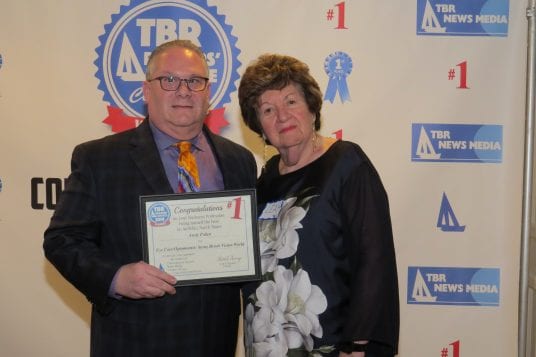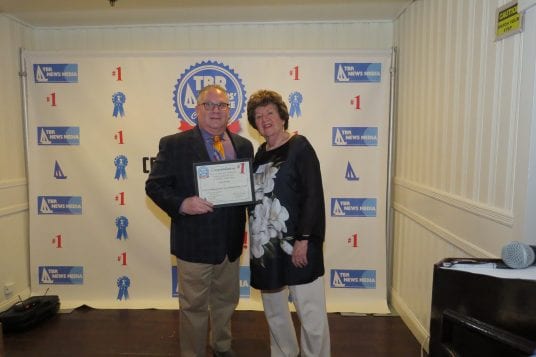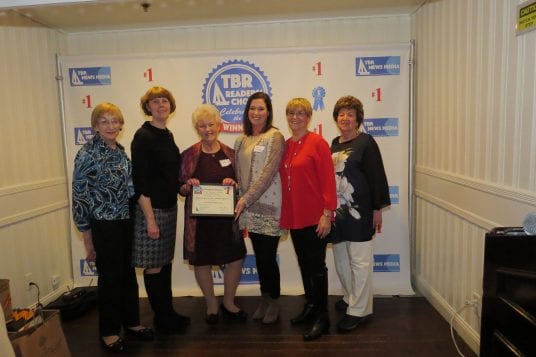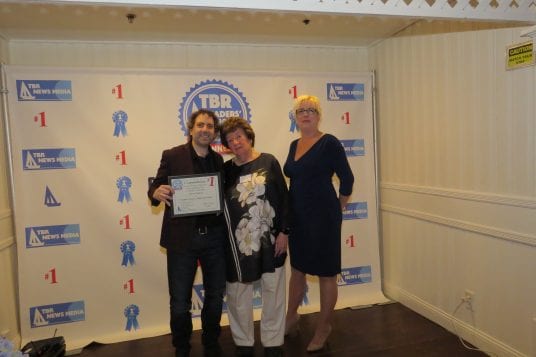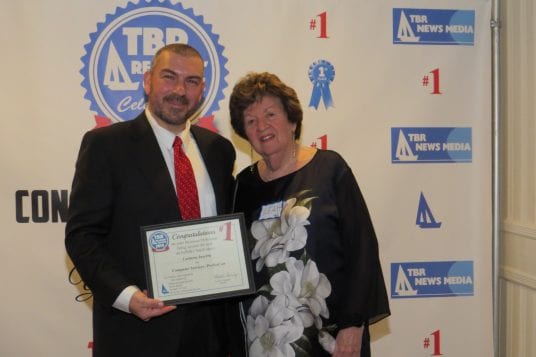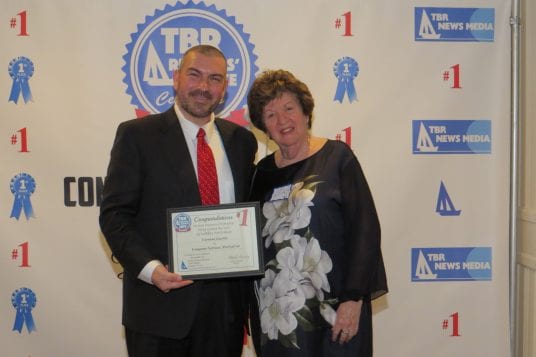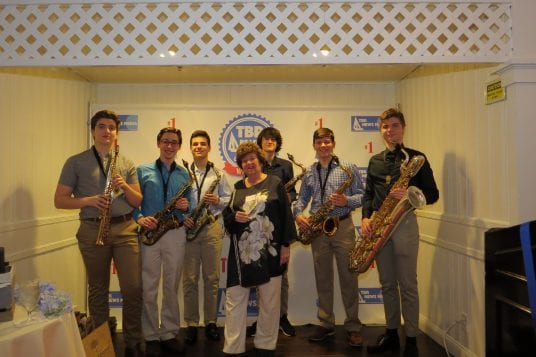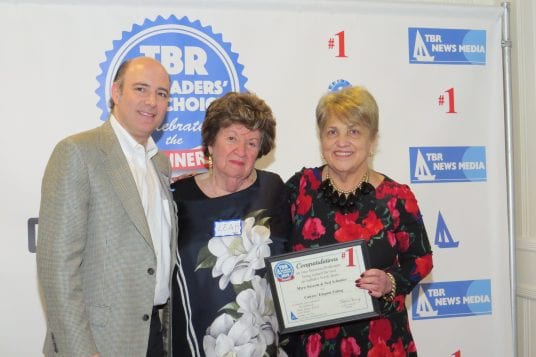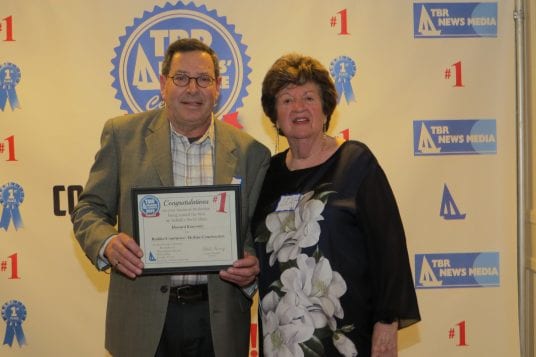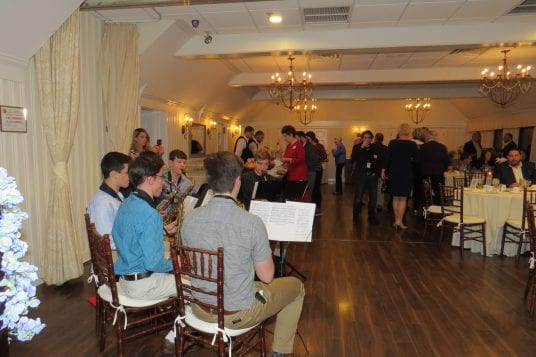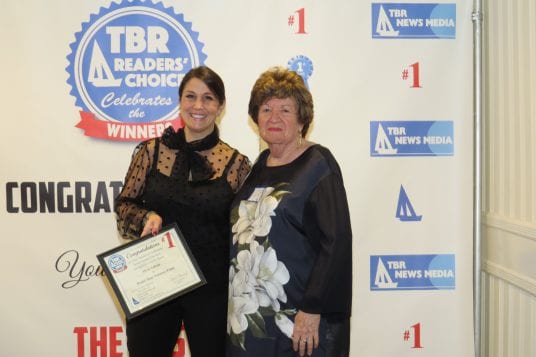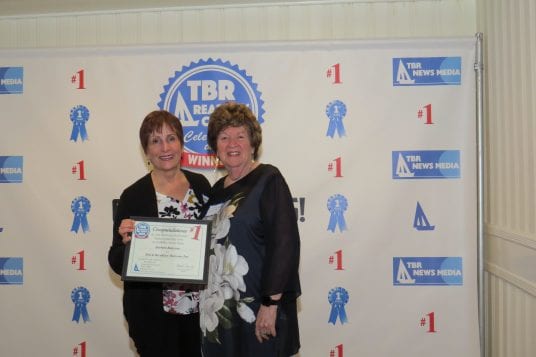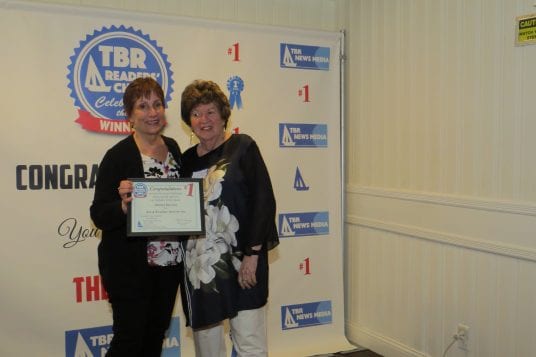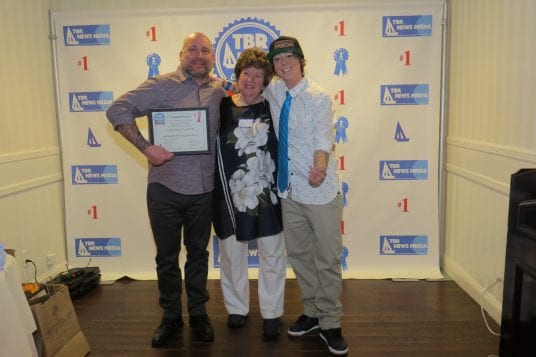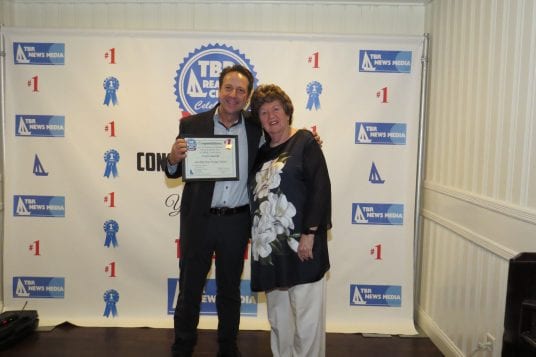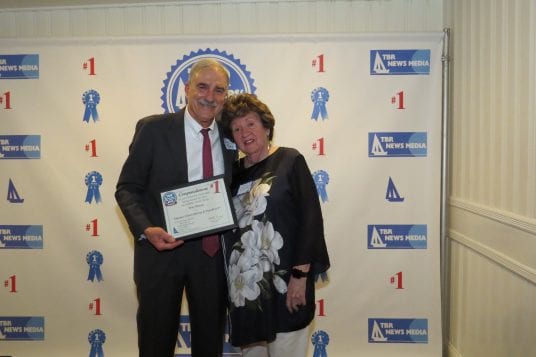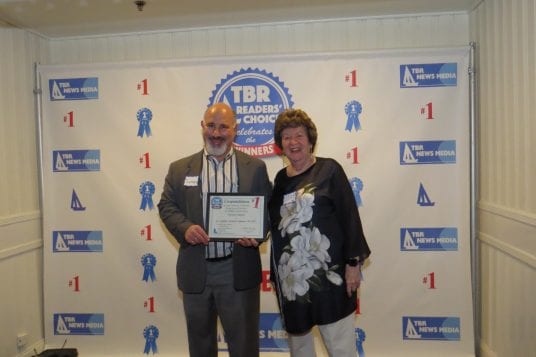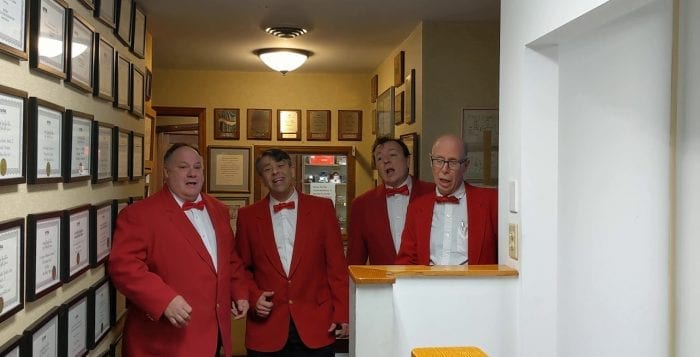By Daniel Dunaief
In the span of a few months, Lingbo Zhang, a Cold Spring Harbor Laboratory fellow, has made discoveries involving two deadly blood cancers.
In September, Zhang, collaborating with researchers from Memorial Sloan Kettering Cancer Center and the National Institute of Diabetes and Digestive and Kidney Diseases, found a drug target that might eventually lead to a new treatment for myelodysplastic syndrome, which is a common form of blood cancer. The scientists published their work in the journal Science Translational Medicine.
In January, Zhang published work that analyzed the genes that are active in acute myeloid leukemia, which has a five-year survival rate of only 33 percent.
By studying 230 genes, Zhang found that this form of blood cancer is addicted to higher concentrations of vitamin B6, creating a potential target for future therapy. The CSHL scientist published this work in the journal Cancer Cell.
“We feel humbled that we found a target” for a future AML therapy, Zhang said of his latest discovery. “My lab partners and I think one day we can potentially translate our knowledge into a real therapy. The translational part gives us the energy and encouragement to work hard.”
Indeed, Zhang explained that his work broadly focuses on blood cancer, in which he looks for questions of medical importance. With MDS, he started with the view that many patients with this disease do not respond to the typical treatment using a hormone called erythropoietin, or EPO.
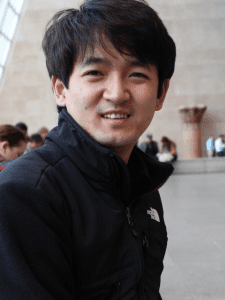
People with MDS typically have too few red blood cells, which are made in bone marrow. The hormone EPO converts progenitor immature versions of red blood cells into the ones that function in the body. A small percentage of MDS patients, however, respond to EPO. This occurs because people with this disease have a smaller pool of progenitor cells.
Zhang and his colleagues went upstream of those progenitor cells, searching for defective processes earlier in the pathway. They found that a protein receptor, CHRM4, decreases the production of cells that might become red blood cells.
By inhibiting that receptor, they hoped to restore the red blood cell making process. In mice that have the same blood features as human MDS, this approach worked, restoring the machinery that leads to the production of red blood cells.
With both the MDS and the leukemia studies, these discoveries might lead to a future treatment, but are not necessarily the final step between understanding molecular signals and developing treatments. These findings are transitioning from basic discoveries into the preclinical development of novel therapies, Zhang said.
For MDS, the treatment may be effective with the inhibitor itself, while for AML, it will potentially be effective as part of a therapy in combination with other treatments.
In his work on leukemia, Zhang said the research went through several phases, each of which took several months. For starters, he screened all the potential target genes. Once he performed the initial work, he conducted a validation study, exploring each gene, one by one. Finally, he worked to validate the study.
After all that work, he discovered the role that the gene that makes PDXK, the enzyme that helps cells use vitamin B6, plays in contributing to cancer. Normal, healthy cells use vitamin B6 during metabolism to produce energy and grow. As with most cancers, leukemia involves more cell division than in a healthy cell, which means that the PDXK enzyme is more active.
Scott Lowe, a collaborator on the research and former CSHL fellow who is now the chair of Cancer Biology and Genetics at Memorial Sloan Kettering, expressed surprised at the finding. “While the action of certain vitamins has previously been linked to cancer, the specific links between vitamin B6 identified here were unexpected,” he said in a press release.
A postdoctoral researcher in Zhang’s lab who has been working on the project for two years, Bo Li plans to continue this research and hopes to find a more mechanistic understanding of the discovery.
While this vitamin contributes to cancer, people with leukemia shouldn’t reduce their consumption of B6, which is necessary in healthy cells. If normal and cancer cells both need this vitamin, how could this be a target for drugs?
The difference, Zhang explained, is in the concentration of the enzyme and, as a result, the B6.
PDXK is higher in leukemia. Reducing its activity by inhibiting this activity could affect the disease.
Working with a collaborator at Memorial Sloan Kettering, Zhang is hoping to develop a better chemical compound with the right property to target the activity of this gene and enzyme.
To conduct research into different diseases and pathways, Zhang works with a group of “very talented and hard working people,” in his lab, which includes a few postdoctoral researchers, a doctoral student, a few undergraduates and a technician, bringing his lab’s staff to eight people. “We also have very good collaborators at other institutes and we are able to manage several projects in parallel,” he said.
Zhang said he likes basic and translational science. The basic science brings “beautiful new theories that identify a detail nature created.” He also feels driven to “translate some of these basic discoveries into a potential treatment,” he said. He is working with a foundation and the hospital and receives patient information from them, which encourages him to work hard to seek ways to “benefit them.”
Down the road, he hopes to understand the hierarchical process that leads from stem cells to mature blood cells. By identifying a majority of the players or the regulators, he may be able to understand the different processes involved in the course of numerous diseases.
As for his current work, Zhang is pleased with the potential translational benefit of both discoveries. “I feel very happy that we can identify a target for leukemia and MDS,” he said.



